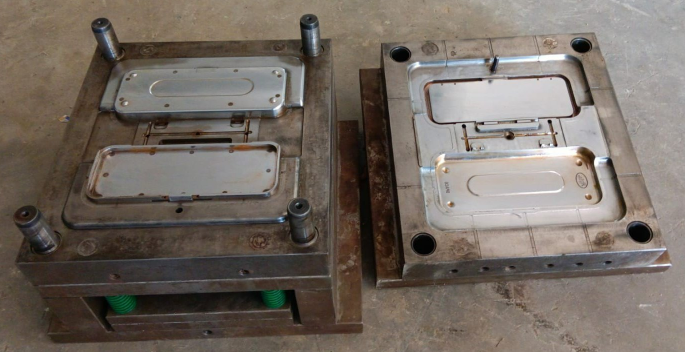Manufacturing a Plastic Big Chair Mould: Mastering the Art of Precision and Efficiency
Plastic is an incredibly versatile material that has revolutionized manufacturing processes across various industries. One such industry is furniture manufacturing, where plastic has become a popular choice due to its durability, cost-effectiveness, and design flexibility. In particular, the creation of a plastic big chair mould requires a masterful blend of precision and efficiency to achieve a high-quality end product.
The first step in manufacturing a plastic big chair mould is the design phase. This crucial step involves meticulous planning and consideration of various factors, such as ergonomics, aesthetics, and functionality. Designers use computer-aided design (CAD) software to create a digital representation of the chair, allowing for precise measurements and adjustments. This digital model serves as a blueprint for the mould construction process.
Once the design is finalized, the next step is to choose the appropriate plastic material. The choice of material depends on factors such as the intended use of the chair, its weight-bearing capacity, and the desired finish. Common plastic materials used for big chair moulds include polypropylene (PP), high-density polyethylene (HDPE), and polycarbonate (PC). Each material has its unique properties and advantages, such as resistance to UV radiation, impact strength, and heat resistance.
With the design and material selected, the manufacturing process can begin. The first stage is the creation of the mould itself. Skilled toolmakers use precision machinery, such as computer numerical control (CNC) machines, to transform the digital design into a physical mould. This process involves cutting, shaping, and finishing various components, such as the cavity and core, which will form the shape of the chair.
Once the mould is ready, it is time for the injection molding process. Injection molding is a highly efficient technique that involves injecting molten plastic into the mould cavity and allowing it to cool and solidify. The mould is clamped shut, and the plastic is injected under high pressure, ensuring that it fills every nook and cranny of the mould. The cooling process is carefully controlled to prevent warping or defects in the final product.
After the plastic has solidified, the mould is opened, and the chair is ejected. At this stage, any excess plastic or flash is removed, and the chair undergoes final touch-ups and inspections. Quality control measures, such as dimensional checks and visual inspections, ensure that the chair meets the desired specifications and standards.
Throughout the entire manufacturing process, precision is of paramount importance. Even the slightest deviation from the design specifications can result in a flawed mould or an imperfect chair. Skilled artisans and technicians diligently monitor each step of the process to ensure that every detail is executed with precision.

Efficiency is also a key factor in manufacturing a plastic big chair mould. To maximize productivity and keep production costs in check, manufacturers employ various strategies, such as optimizing cycle times, streamlining material handling processes, and implementing automation where applicable. These efficiency measures help reduce lead times, increase output, and maintain competitiveness in the market.
Manufacturing a plastic big chair mould requires the mastery of precision and efficiency. From the initial design phase to the final inspection, every step must be carefully executed to create a high-quality end product. Skilled designers, toolmakers, and technicians work together to transform a digital design into a physical mould and produce chairs that meet the desired specifications. By combining precision with efficiency, manufacturers can meet the demands of the furniture industry and deliver plastic big chairs that are durable, cost-effective, and visually appealing.
Previous:Innovating with Plastic Pallet Molds: Benefits, Challenges, and Case Studies
Next: Crafting Precision and Efficiency: Manufacturing a Plastic Big Chair Mould
-
Creating Stunning Stars with Large Hard Plastic Molds
2023-6-26
When it comes to decorating cakes and desserts, one of the most popular techniques is molding. Molding allows for intric...
View details -
Plastic box mold injection molding, excellent quality creates the future
2024-4-19
In today's wave of industrial production, plastic box mold injection molding, with its excellent quality and innovative ...
View details -
Optimizing Injection Molding: Understanding the Importance and Types of Gates
2024-2-18
Injection molding is a highly versatile and widely used manufacturing process for producing plastic parts in large volum...
View details -
High-Quality Injection Molding Service for Your Manufacturing Needs
2023-12-30
Injection molding is a widely used manufacturing process that involves injecting molten material into a mold cavity. It ...
View details -
Exploring the Advantages and Applications of Injection Molded Plastics
2023-5-31
Injection molding is a popular manufacturing process for producing a wide range of plastic products. It involves injecti...
View details -
Master the Art of Insert Mold with These Essential English Tips
2023-8-26
Insert molding is a widely used technique in the manufacturing industry that involves the insertion of a pre-formed comp...
View details







